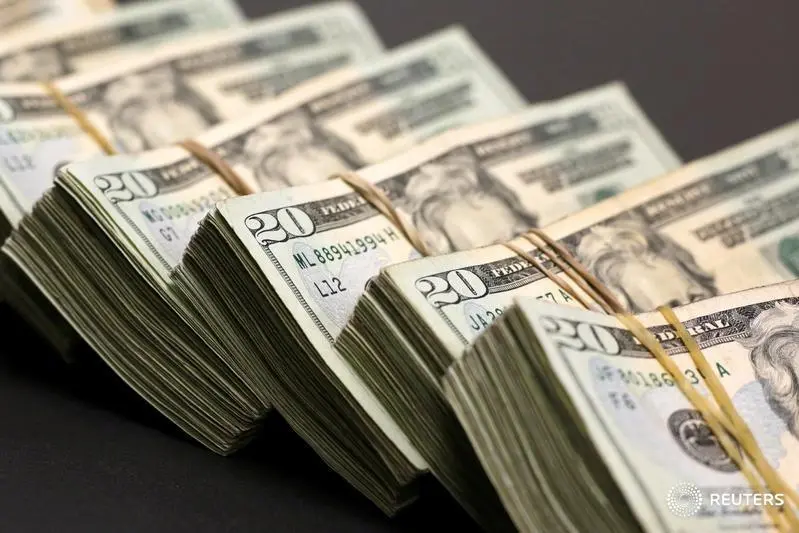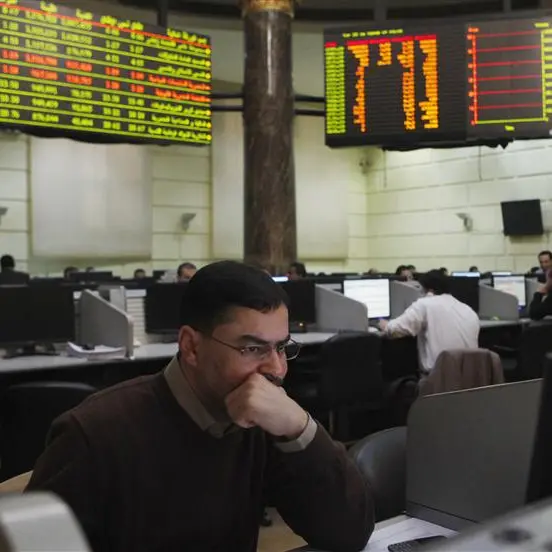PHOTO
SYDNEY - The dollar stood at its highest levels of the year against sterling and the euro on Thursday, while the yen was smarting from its sharpest drubbing in a month, after the hottest U.S. inflation reading in a generation fanned bets on rate hikes.
The euro was pummelled down 1% and through major support to $1.1476, its lowest since July 2020, after headline U.S. CPI came in at 6.2% overnight. It was pinned at that level early in the Asia session and lacks chart support until around $1.12.
Sterling dropped 1.2% to $1.3401, its lowest since December 2020 and the yen reversed a week of gains in a few hours and dropped 0.8% to 114.00 per dollar.
Emerging markets currencies also suffered from the dollar’s broad rise, with MSCI’s EM currencies index making its sharpest drop in two months as U.S. Treasury yields surged.
The rates moves, especially at the short end, suggest traders believe the Federal Reserve will step in to hike interest rates if prices keep running higher, said National Australia Bank’s head of FX strategy, Ray Attrill.
“The market is still conferring a degree of credibility on the Fed, that they are not going to allow very high inflation to persist indefinitely,” he said. If the dollar index moves higher than 95, investors might start to get out of the way, he said.
“It’s quite a big level technically and if we can break up through that then there will be more people throwing in the towel.” The index has climbed as far as 94.905.
The U.S. data showed price rises extending into rents, which could drive pressure on wages, both lengthening and broadening the pandemic’s inflationary pulse.
In its wake, the difference between five-year U.S. yields and yields at the same tenor in Japan and Germany stand at their widest - in favour of Treasuries - since early 2020. [US/]
The Australian and New Zealand dollars fell against the dollar’s broad rise on Wednesday, but have found support at around one-month lows as investors figure that rates are also going up to counter inflation in the Antipodes.
The Aussie steadied at $0.7331 in Asia and the kiwi at $0.7065.
Australian labour data is due at 0030 GMT but analysts say it will be difficult to interpret as the survey period only partially covers the reopening of major cities from pandemic-imposed restrictions.
Further dollar gains likely depend on clues about the Fed’s next moves, and on whether the inflation jump - which also sparked selling in stock markets - puts a broader weight on the mood.
“From an FX standpoint we are in a stand-off,” said Deutsche Bank strategist Alan Ruskin.
“On the dollar we have the classic dilemma - if Fed won’t respond to high inflation it is dollar negative; if the Fed brings forward tightening it is USD positive. Right now the dollar is broadly stuck between these two worlds.”
British growth data is due later in the day.
Reporting by Tom Westbrook.; Editing by Lincoln Feast.
Our Standards: The Thomson Reuters Trust Principles.
© Reuters News 2021





















